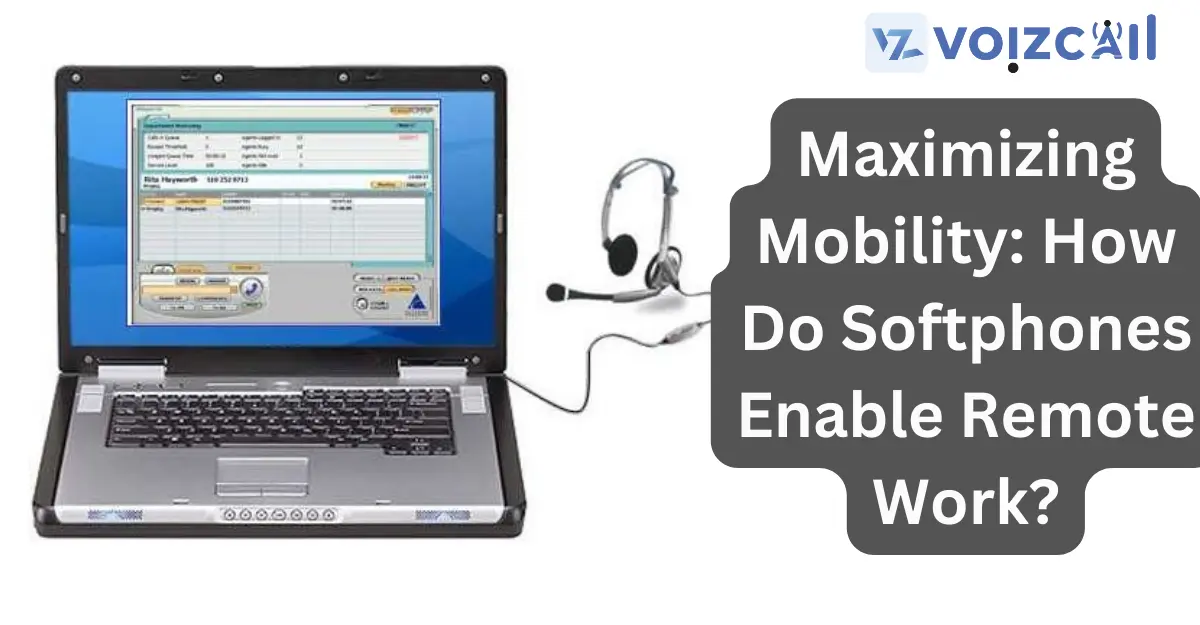A winning team
250+ partnerships for progress.


14/Mar/2024
In today's digital age, remote work has become increasingly common, and softphones play a crucial role in enabling this flexibility and mobility for employees. Here's how softphones facilitate remote work:
Firstly, softphones allow employees to make and receive calls using their computers or mobile devices over the internet, eliminating the need for traditional desk phones. This means that remote workers can stay connected and accessible regardless of their location, as long as they have internet access.
Additionally, softphones offer mobility and flexibility by enabling employees to use their personal devices for work-related communication. This eliminates the need to carry separate work phones and allows employees to stay productive while on the go.
Moreover, softphones provide a range of features that enhance remote communication and collaboration. These features may include call forwarding, voicemail-to-email transcription, video calling, and screen sharing, among others. With these tools, remote workers can effectively communicate and collaborate with colleagues and clients as if they were in the office.
Softphones also offer cost savings for both employees and employers. Since calls are made over the internet, there are typically no additional charges for long-distance or international calls. This can result in significant savings, especially for businesses with remote teams or international clients.
Furthermore, softphones integrate seamlessly with other communication and collaboration tools, such as email, messaging apps, and video conferencing platforms. This integration allows remote workers to access all their communication tools from a single interface, streamlining workflows and increasing efficiency.
In conclusion, softphones play a vital role in enabling remote work by providing mobility, flexibility, and a wide range of communication features. Whether employees are working from home, a co-working space, or while traveling, softphones ensure that they can stay connected and productive, ultimately benefiting both employees and employers alike.